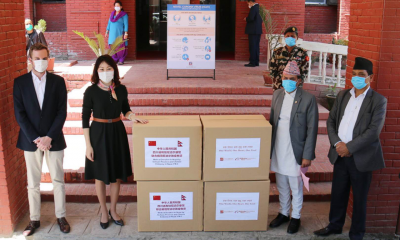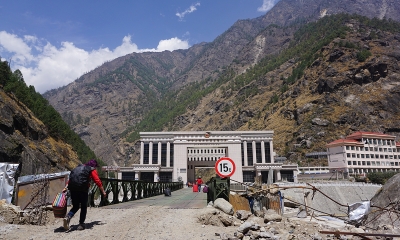Nepal-China Cooperation Deepens under BRI Framework
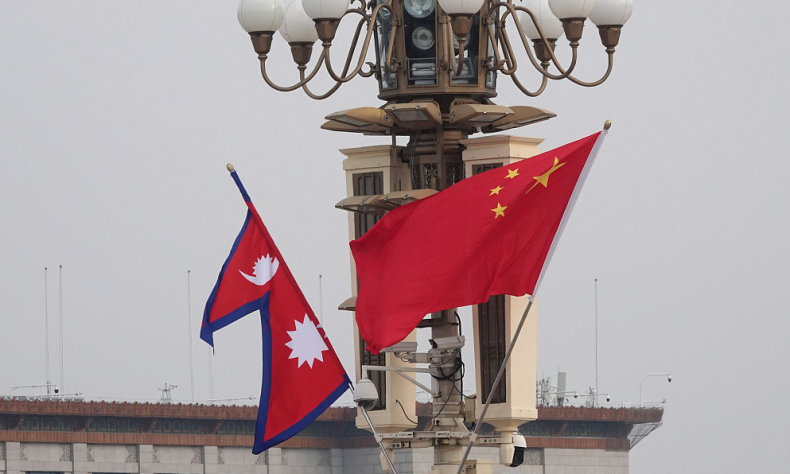
The China-Nepal railway project carries huge expectations of the two peoples. This project will be a game-changer for Nepal’s economic development after its completion.
The Nepal-China practical cooperation has been further enhanced both in quality and efficiency in recent years, especially after the South Asian nation joined the China-proposed Belt and Road Initiative (BRI) on May 12, 2017.
Ten years ago, in 2013, during his historic visits to Kazakhstan and Indonesia, Chinese President Xi Jinping proposed the Silk Road Economic Belt and the 21st Century Maritime Silk Road, which became known as the Belt and Road Initiative.
President Xi envisioned the BRI as a framework connecting countries around the world through trade, investment, infrastructure development, finance and people-to-people exchanges, among others.
As of now, the BRI has achieved far more than physical connectivity. It has adopted the spirit of extensive consultation, joint contribution and shared benefits. The BRI has evolved into a global platform where countries along the routes join hands to improve people’s livelihoods and drive human development forward, despite the various challenges facing the world.
Official data shows that over the past decade, 151 countries and 32 international organizations have become partners of the initiative. The BRI has generated nearly a trillion U.S. dollars in investment, established over 3,000 cooperation projects, created some 420,000 jobs in countries along the routes, and helped lift nearly 40 million people out of poverty.
Nepal’s Pokhara International Airport
Some projects under the BRI have already been launched while some are under-construction. One of such projects is the inauguration of regional international airport in Nepal’s touristic city Pokhara, some 200 kilometers west of federal capital Kathmandu.
Envisaged more than 59 years ago, the international airport is now expected to boost local economy and promote tourism. Pokhara is one of the major destinations for tourists and it serves as a gateway and endpoint to the Annapurna Circuit, a major trekking route in the central Nepal. With the launching of the international airport now, tourism entrepreneurs hope to welcome more foreign visitors including those from China. In the near future, Pokhara is set to become an international tourism hub. Nepal Tourism Board, the country’s key tourism authority, says it has planned to host at least one million visitors in 2023, largely by attracting visitors from China and India.
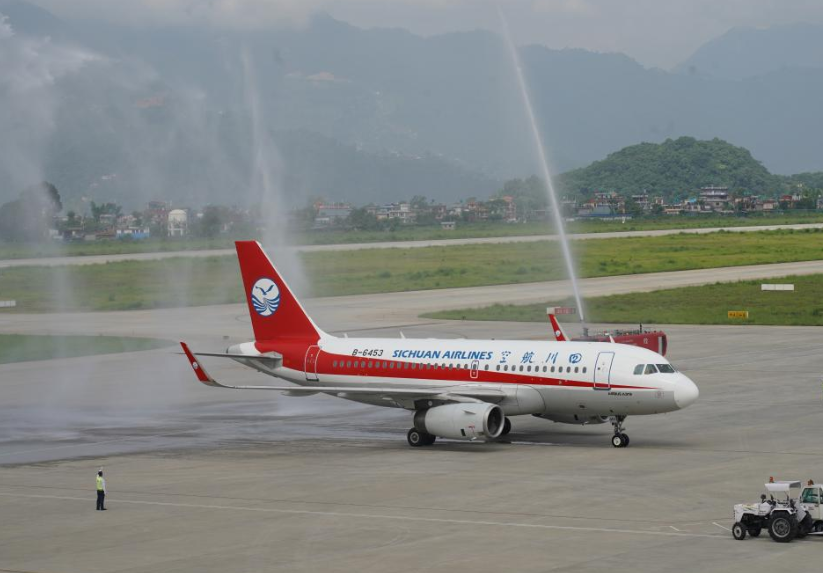
The new airport was designed and constructed as per the standards of Chinese and the International Civil Aviation Organization. “The project embodies the quality of Chinese engineering and symbolizes the national honor of Nepal,” Chinese Ambassador to Nepal Chen Song said.
Since the opening of the airport, it has successfully completed the domestic shipping task, and a new charter flight opened a new avenue in China-Nepal cooperation under the BRI.
On June 21, 2023, a Sichuan Airlines charter flight became the first international flight to land at Pokhara international airport of Nepal since it was put into operation in January. Ganesh Prasad Timilsina, Chairman of the National Assembly, the upper house of parliament, and other Nepali delegates were aboard the charter flight which took off from Chengdu, capital of China’s southwestern Sichuan Province.
The Pokhara airport, a 4D-standard facility, was contracted with loan from the Export-Import Bank of China (China EXIM Bank) by China CAMC Engineering Co., Ltd., a company directly affiliated with China National Machinery Industry Corporation which ranks among the top 500 enterprises in the world. The construction was started in July 2017, two months after Nepal became a partner country to the China-initiated BRI. The airport demonstrated China’s pursuit of quality in project construction and marked Nepal’s national pride.
BRI meets Nepal’s railway dream
Cross-border railroad connectivity has been at the core of Nepal-China cooperation under the framework of the Belt and Road Initiative. To meet Nepali people’s long-cherished railway dream, China has shown keen interest to build the cross-border railway project worth multibillion dollars.
In October 2019, Chinese President Xi Jinping paid a state visit to Nepal upon invitation. The visit, which established a broad framework of “Strategic Partnership of Cooperation Featuring Ever-lasting Friendship for Development and Prosperity” between the two countries, further reinforced their commitment to promote railroad connectivity. The two sides announced the launch of a feasibility study of the China-Nepal cross-border railway.
Chinese Foreign Minister Wang Yi announced that China will use aid funds for Nepal to support the feasibility study of the China-Nepal cross-border railway, and will send experts to Nepal to conduct the survey work within the year, when he held talks with Nepali Foreign Minister Narayan Khadka in August 2022.
The China-Nepal cross-border railway project has witnessed steady progress. A team of Chinese railway experts began the feasibility study for the railway in December 2022. As of now, pre-feasibility for the cross-border railway has been carried out. The two countries are now working to finalize feasibility study for the railway, according to Nepal’s Railway Department.
Upon the completion of the railway, connectivity between the two countries will be enhanced by minimizing the time and cost while maximizing the volume of bilateral trade and investment. The railway will help bring excellent Nepali goods such as cashmere fabrics, wood products, handicrafts, and organic alpine agricultural products to China while transferring China’s technological development to Nepal. The China-Nepal railway project carries huge expectations of the two peoples. This project will be a game-changer for Nepal’s economic development after its completion.
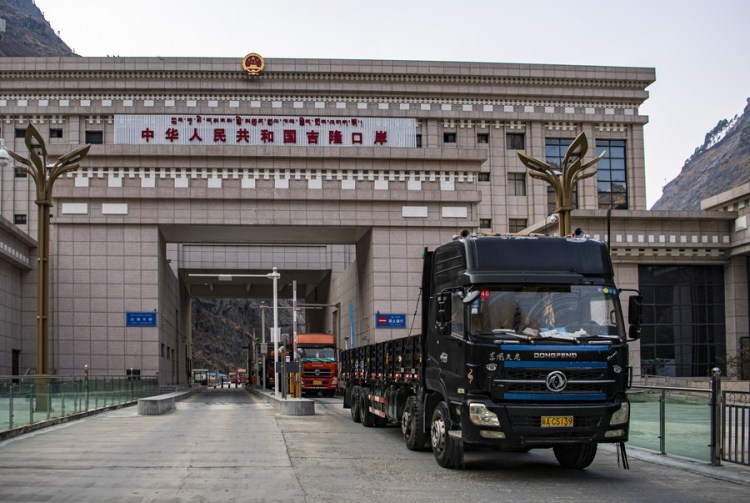
Grid interconnection
Nepal is rich in water resources and willing to sell its surplus electricity to China in the near future. Officials from Nepal Electricity Authority (NEA) and State Grid Corporation of China held a meeting of the Joint Working Group in February 2023 in Kathmandu where the officials discussed about the construction of cross-border transmission lines.
Nepal has proposed to construct a 400kV Ratamate-Rasuwagadhi-Kerung Cross-Border Transmission Line Project for electricity trade between the two countries. Nepal has already conducted a feasibility study for this project, the Kathmandu Post reported.
In the words of former Chinese Ambassador to Nepal Hou Yanqi, China wants to help exporting Nepal’s surplus electricity. “As Nepal’s electricity production gradually turns to surplus, China is willing to work together with Nepal to complement each side’s advantages, actively promote the power grid interconnection, and build a new channel for Nepal’s power export,” Hou told media at a webinar last year.
Future opportunities for Nepal
One of the BRI’s contributions to Nepal in the future could be poverty alleviation and agricultural development. As an agriculture-based economy, Nepal can take good lessons from China since the northern neighbor has made remarkable progress on agrarian economy as well.
Nepal can learn lessons from other countries where the BRI has helped transform economy. Take the African country Burkina Faso for example. This is one of the many countries that have witnessed the changes brought by the BRI. In Burkina Faso, Chinese experts greatly helped increase the country’s paddy production. In the past, the country could barely meet the population’s needs. With the technical support of Chinese experts, the rice quality has also been improved.
To reap benefit from the BRI, Nepal must work closely with China. It is the high time Nepal’s policymakers to introduce policy reforms to facilitate trade, improve connectivity, and simplify business procedures, apart from creating good atmosphere and much-needed political stability.
The article reflects the author’s opinions, and not necessarily the views of China Focus.
 Facebook
Facebook
 Twitter
Twitter
 Linkedin
Linkedin
 Google +
Google +





